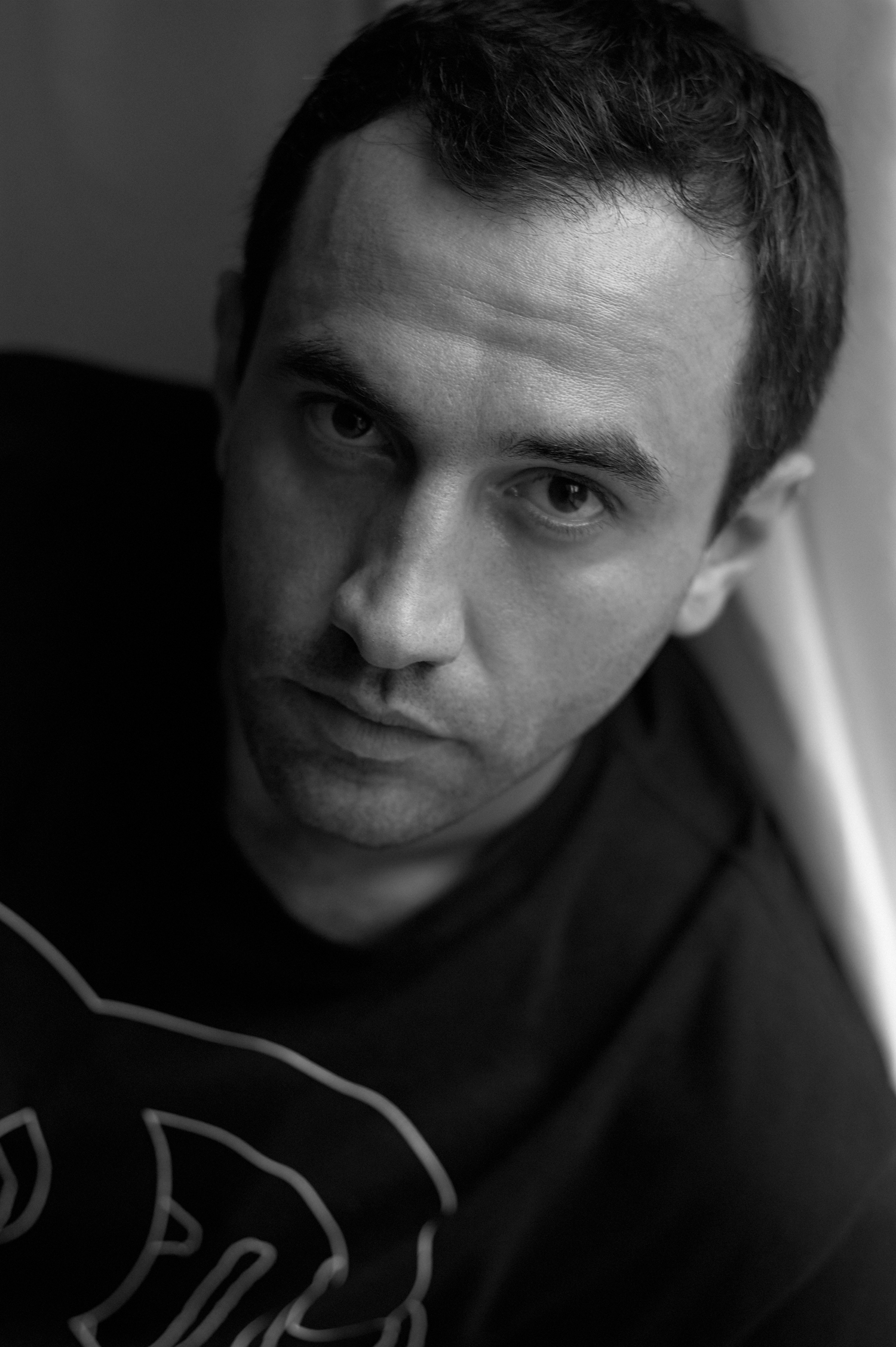Purple Magazine
— F/W 2006 issue 6
Riccardo Tisci
 Riccardo Tisci
Riccardo Tisci
Future Givenchy
interview by OLIVIER ZAHM
photography KARL LAGERFELD
All clothes by GIVENCHY WINTER 2006 ⁄ 2007 and archives
RICCARDO TISCI, 31, who hails from a very Catholic, southern Italian family, is the new designer at Givenchy. In less than three seasons, he has refreshed the powerful elegance of this aristocratic label, one so deeply rooted in a secret, confidential Paris that has now almost disappeared. But Ricardo Tisci is not nostalgic. His vision for this house is grander than a modern Givenchy, encompassing a strong fashion statement, elegance and wildness, extreme chic and freedom: two sides of the moon, the dark and the brilliant.
OLIVIER ZAHM — When did you arrive at Givenchy?
RICCARDO TISCI — The first of March 2005.
OLIVIER ZAHM — Was it a big moment for you?
RICCARDO TISCI — Shocking. Especially because…